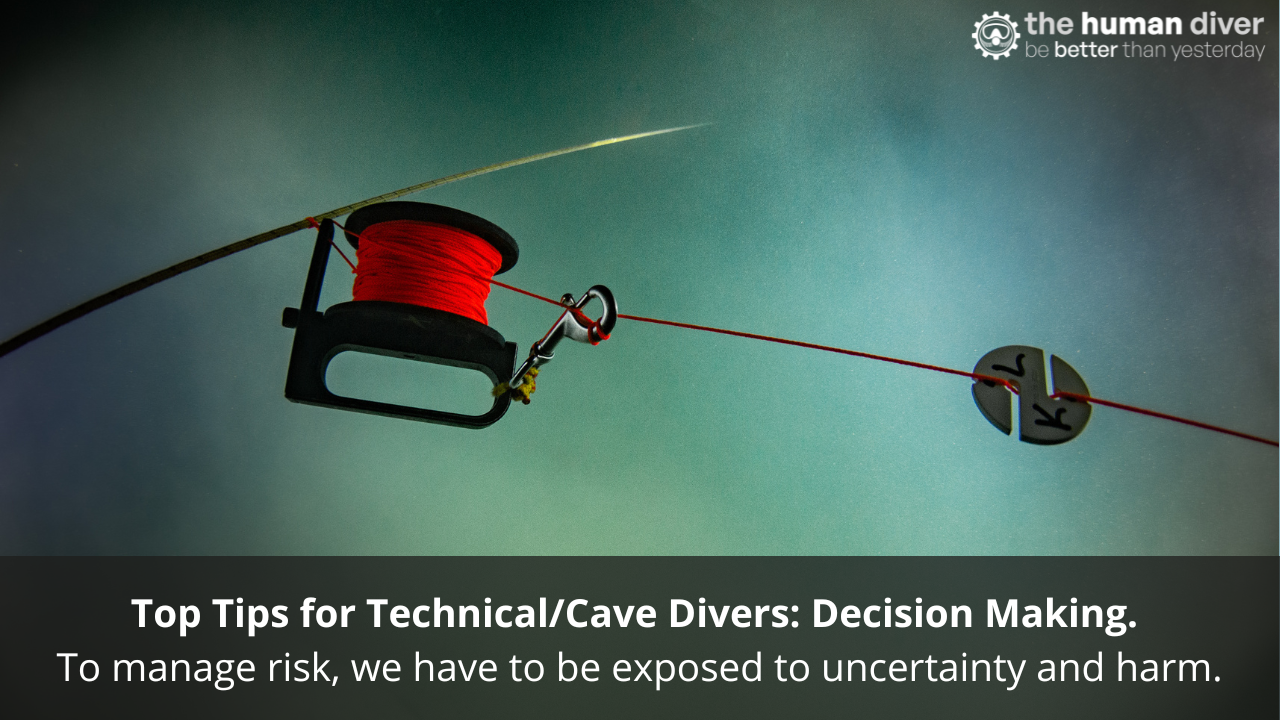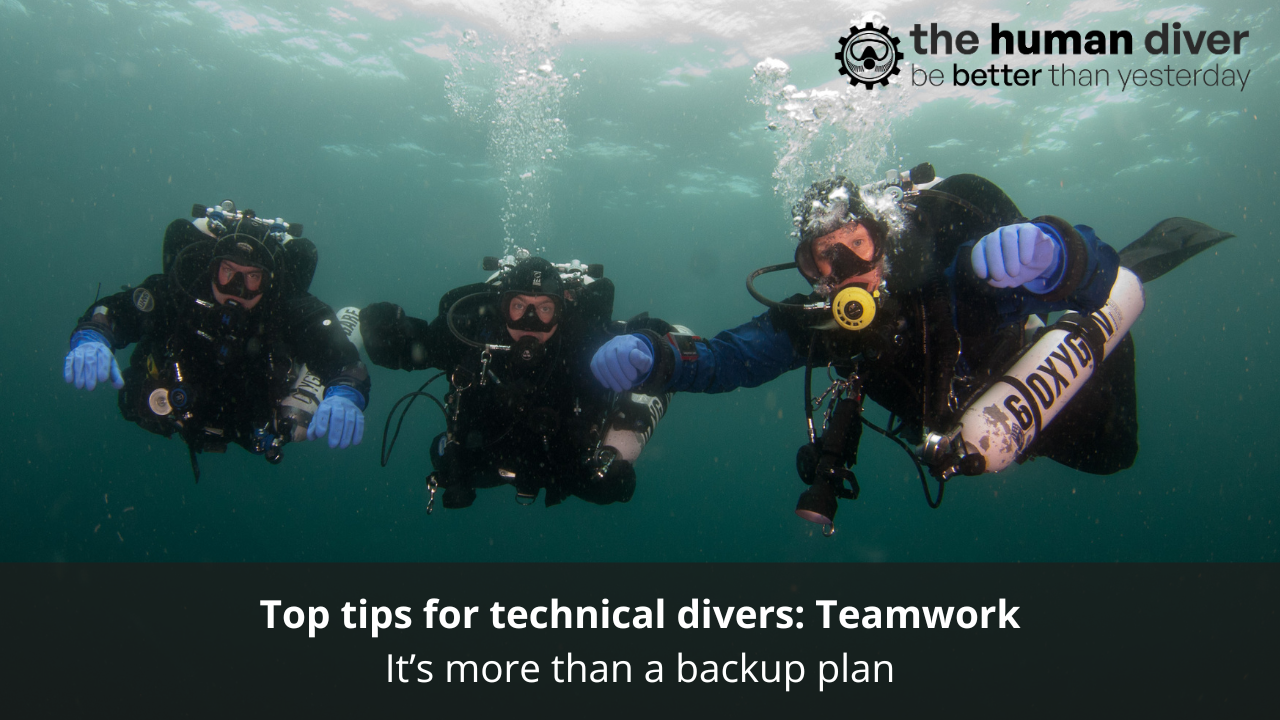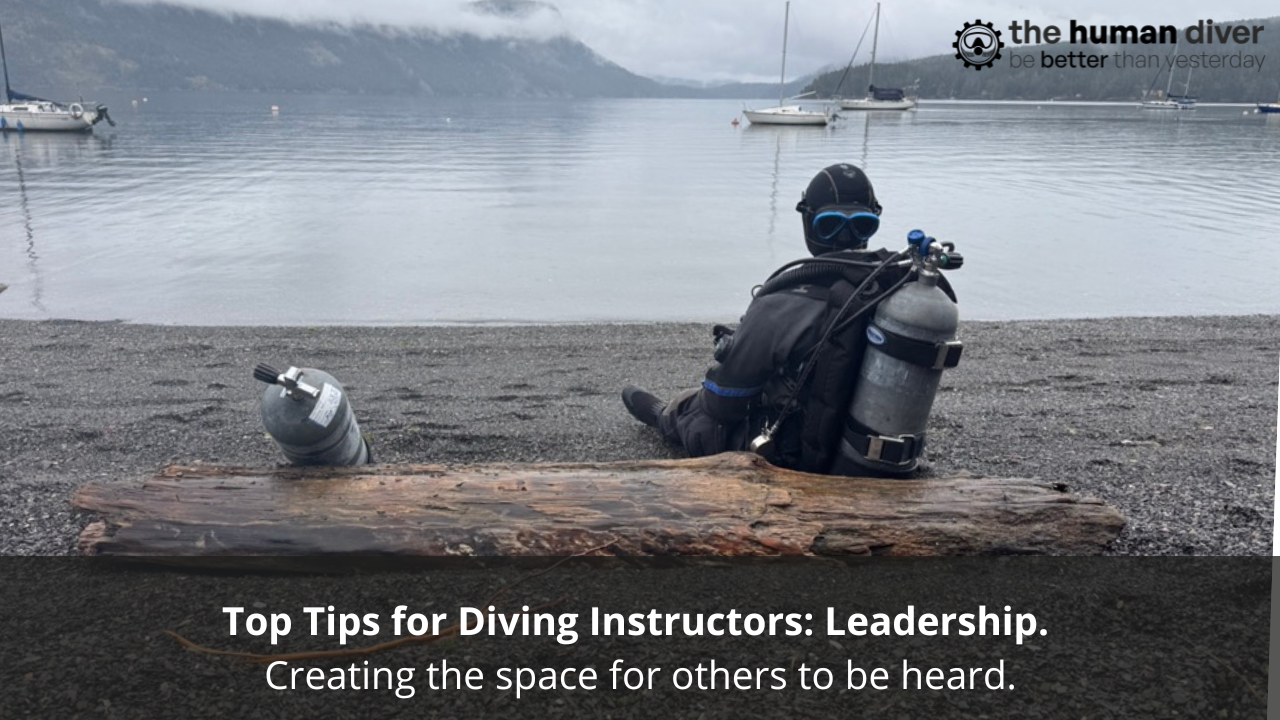
Ergonomics- not just about comfy chairs*
Mar 13, 2024I was watching a new diver set up their equipment the other day and they commented how difficult it was to screw their DIN regulator into the tank. After a few unsuccessful attempts they asked me to do it. Put it in and got it started for them, letting them finish it. That got me thinking- why is it so easy for me to do, and so difficult for some others? And why do some people persistently try and screw them in the wrong way?
It’s all about ergonomics. Ergonomics is the study of humans and their interaction with other parts of the system. In this case, it’s the physical parts, the equipment we use. The more well designed a piece of equipment is, the easier it is to use. Think about modern electronic equipment; it often doesn’t come with instructions because it’s intuitive to use. It used to be joked that to change the time on a VCR or oven clock that you needed a degree in engineering. Now we have significantly more complex equipment (such as smart phones) that most children (or people who’ve never seen one before) can pick up and start using. When that comes to diving, we can look at things like DIN or Yoke connectors on regulators, dive computers, many of the components of rebreathers or pretty much any piece of equipment we use. Inflators on a BCD or wing are mostly very similar, consisting of two buttons, one for inflate, one for deflate. But these need to be learned, as proven by the numbers of students or newly qualified divers who press the wrong button, inflating when they’re trying to dump gas or vice versa. I remember my first time using an inflator that had a backup regulator built in. I was a fairly experienced diver by that point and knew which button did what, and yet spent the dive purging the regulator instead of deflating and wondering why nothing was happening, after all I’d seen gas come out of the hose, so the feedback that I’d dumped gas seemed to be confirmed. Of course, what I was seeing was just the gas from the purged regulator and it took me a while to figure that out!

Feedback is an important part of ergonomics. We need to know if what we’re doing is correct. In the case of the regulator that wouldn’t screw in, the student could easily both see and feel that it wasn’t in place. If we don’t get feedback (or we misinterpret the feedback, as I did above) then it’s very difficult to correct the problem. However, it’s also very easy to get sucked in to solving the problem and that can cause problems such as a loss of awareness. You may have experienced this when pressing buttons on your computer, especially when underwater. If the interface isn’t intuitive to use we end up focusing solely on that, and lose track of what’s happening around us. Even easy, intuitive controls such as the popular Shearwater computers can distract us if we press the wrong button at the wrong time and have to scroll all the way round a menu system to get back to where we were.
Most of this is out of our control as divers. The best we can do is choose the equipment that we find best for us. This might mean looking at regulators with better grip around the handwheel, finding a computer that you find easy to change settings on or a BCD/wing that has an inflator you find comfortable.

There is one thing we can affect easily though, and that’s checklists. Recreational divers often tell me they don’t use checklists and while I agree that not many use a physical written one, most do use a system to remember the parts of the buddy check. For tech and especially rebreather divers, checklists are often used to ensure every step is complete as the task of setting one up, preparing to dive and getting in the water has many easily forgotten or confused steps. But let's look at the recreational pre-dive, or buddy, check. BWRAF, ABCDE, GUEEDGE, BAR…. there are loads of different acronyms we can use to remember the parts of the check. They all have different components and depending on what system you’ve been taught will depend on which you chose to use. None of them are perfect. The reality is that there are many different things that can be checked before a dive. The ones that are life threatening are of course the most important (is your gas on?!), but others can range in importance from simple annoyance to dangerous depending on the situation. Take weights for example- frustrating to forget if shore diving, and may result in a long walk back to the car/centre but potentially dangerous if diving in an area with a lot of boat traffic where staying at the surface for a long time isn’t advisable. Some checks cover individual bits of equipment, some lump things all together. Designing a checklist isn’t as easy as it may appear, there are many factors to take into account. Things like keeping it simple and yet ensuring everything is covered may appear to be contradictory. For more about checklist design and improvement check out these two blogs:
How to build an effective checklist
How to improve diving checklist design and use
Summary
As divers we need to think about both the physical equipment we’re using and the cognitive systems we have in place to help us remember everything. We can choose the equipment that best suits us and the environment we’re operating in, and some systems have been built (BWRAF etc) that we can use but may not be ideal for our situation. If we choose to change these systems, we need to be careful not to make them worse.
For more about how to use a checklist on a busy boat, read this blog by Mike Mason.
*The title for this blog comes from the common misconception that ergonomics is only concerned with making sure office equipment is comfortable and not causing problems for workers. As you can see, it's far more than that!

Jenny is a full-time technical diving instructor and safety diver. Prior to diving, she worked in outdoor education for 10 years teaching rock climbing, white water kayaking and canoeing, sailing, skiing, caving and cycling, among other sports. Her interest in team development started with outdoor education, using it as a tool to help people learn more about communication, planning and teamwork.
Since 2009 she has lived in Dahab, Egypt teaching SCUBA diving. She is now a technical instructor trainer for TDI, advanced trimix instructor, advanced mixed gas CCR diver and helitrox CCR instructor.
Jenny has supported a number of deep dives as part of H2O divers dive team and works as a safety diver in the media industry.
If you'd like to deepen your diving experience, consider taking the online introduction course which will change your attitude towards diving because safety is your perception, visit the website.
Want to learn more about this article or have questions? Contact us.










